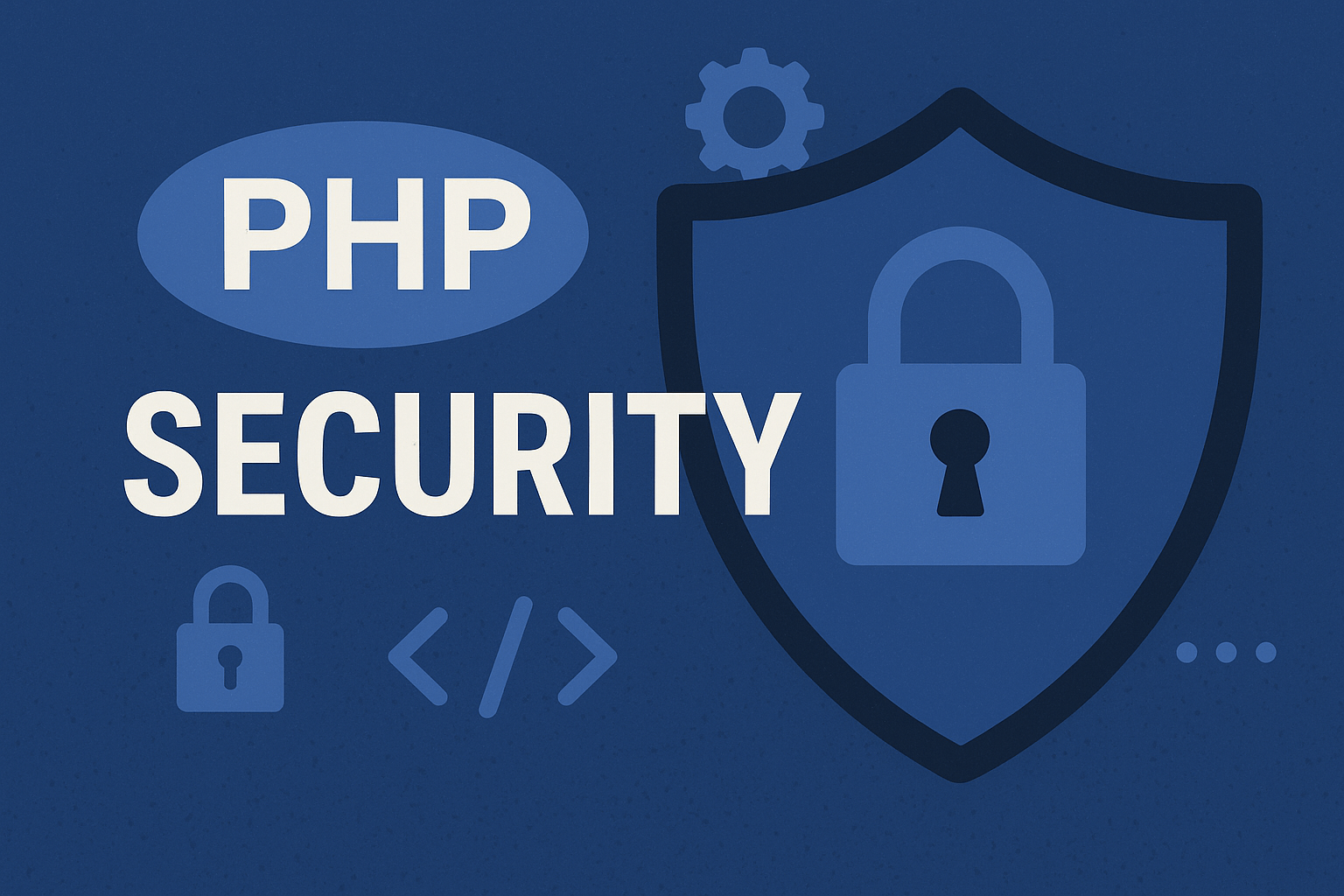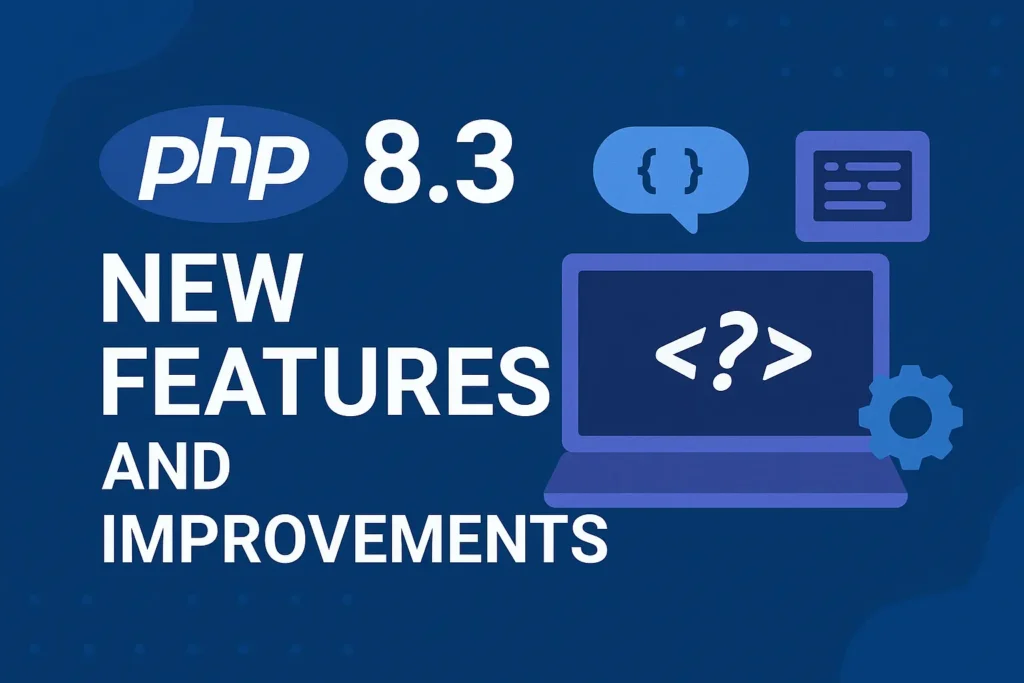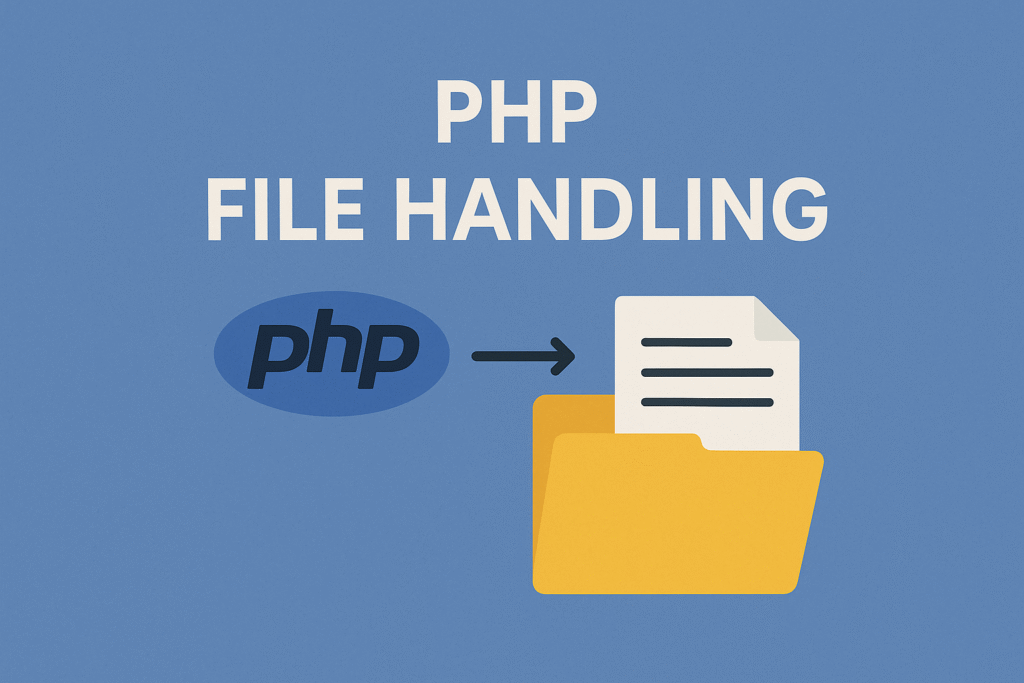
In this article, we’ll explore some of the best practices for PHP security, including common vulnerabilities and how to mitigate them. PHP Security provides insights into the measures you can take to ensure a robust and secure web application.
PHP Security Best Practices
1). Use URL Encoding
URL encoding allows for a safe generation of valid URLs. This prevents security breaches that may happen as a result of user information being exposed. see below an example of URL Encoding:
<?php echo '<a href="mylink?lang=', urlencode($langprog), '">'; ?>
2). Use prepared SQL statements
A common mistake is to directly insert user input into an SQL statement. This leaves room for SQL injection attacks where the user can break the intended SQL query and execute any query they wish.
For example, the query below directly uses unsanitized user input inside the SQL query.
$users = mysql_query("SELECT * FROM `users` WHERE `id`='$_GET[id]'");
This gives a hacker the chance to break the statement and try to query for other information, such as all users’ data. With a prepared statement, the inputted values are escaped, leaving no room for an SQL injection attack.
Let’s take a look at the example below, which uses a prepared statement.
$stmt = $conn->prepare("INSERT INTO users (firstname, lastname) VALUES (?, ?)");
$stmt->bind_param("ss", $firstname, $lastname);
Note the first parameter of the bind_param function. This tells the SQL query the type of data you pass. Here, both the firstname and lastname parameters are of type String. This is an extra PHP security measure to validate the data type of the input.
3). Input validation
One of the most common PHP security issues is failing to validate user input. This can lead to various attacks, such as SQL injection, cross-site scripting (XSS), and command injection.
To prevent such attacks, always validate user input before using it in your application. Use built-in PHP functions such as htmlspecialchars and filter_var to sanitize input. A way you can implement the filter_var() function can be seen in the example below:
function is_valid_email($email = "")
{
return filter_var(trim($email), FILTER_VALIDATE_EMAIL);
}
The function above was created by myself. This function checks if an email is valid using filter_var().
By validating user input, you can help prevent Cross-Site Scripting (XSS) attacks and other types of malicious input.
4). Avoid using eval
The eval function in PHP allows the execution of arbitrary code, which can be very dangerous. Attackers can use this function to execute their own code, leading to remote code execution and other attacks.
As a general rule, it’s best to avoid using eval unless absolutely necessary. If you do need to use it, make sure to sanitize the input and limit its scope to prevent any unwanted code execution.
5). Use prepared statements for database queries
SQL injection attacks are a common attack vector in PHP applications. This occurs when an attacker uses user input to inject malicious SQL code, such as when logging in or submitting a form.
To prevent this, always use prepared statements when making database queries. Prepared statements parameterize user input, making it impossible for attackers to inject malicious code into the query.
6). Password storage
Passwords are one of the most sensitive pieces of information in any application. It’s important to store them securely to prevent attackers from accessing them.
Always use a strong hashing algorithm such as bcrypt to hash passwords before storing them in the database. Additionally, use a unique salt for each password to make it more difficult for attackers to crack them. This is very useful for PHP Security.
7). Use HTTPS for secure communication
HTTPS encrypts data in transit between the client and the server, preventing attackers from intercepting sensitive information such as passwords and credit card numbers.
Always use HTTPS for any communication that involves sensitive information. Use secure cookies and set the secure and httpOnly flags to prevent session hijacking.
8). Protect against CSRF attack
Cross-Site Request Forgery (CSRF) is a type of security vulnerability that allows an attacker to trick a user into performing actions on a website that the user did not intend to perform. This attack is typically executed by sending a specially crafted request to a website, including a hidden or deceptive form, image, or link that the user is tricked into clicking on. When the user clicks on the link, their browser sends the request to the website, and if the user is already logged in, the website will execute the request as if it were legitimate.
To prevent CSRF attacks in PHP, you can use a technique called “token-based authentication” or “CSRF token”. See below example
<?php session_start();
// Generate a unique token for this session
if (!isset($_SESSION['token'])) {
$_SESSION['token'] = bin2hex(random_bytes(32));
}
// Create a form and include the token as a hidden field
echo '<form method="post">';
echo '<input type="hidden" name="token" value="' . $_SESSION['token'] . '">';
echo '<input type="text" name="username">';
echo '<input type="password" name="password">';
echo '<input type="submit" value="Login">';
echo '</form>';
// Validate the token when the form is submitted
if ($_SERVER['REQUEST_METHOD'] === 'POST') {
if (!isset($_POST['token']) || $_POST['token'] !== $_SESSION['token']) {
die('CSRF token validation failed.');
}
// Process the login request } ?>
This will improve PHP Security.
9). Keep your PHP version up to date
Like any software, PHP can have security vulnerabilities. By using the latest version, you’ll have the benefit of these fixes and improvements as well as any new features that might be helpful for your website and improve PHP Security.
10). Limit Directory Access
The open_basedir function allows you to limit the files that PHP can access in your filesystem. If you set the open_basedir function to the root of your project, it can only access files in the root of your project and downward.
In case a malicious user gains access to your server via PHP and tries to access sensitive files such as “/etc/passwd”, the open_basedir function will prevent this.
11). Use secure file permissions
Make sure that files and directories have appropriate permissions to prevent unauthorized access. Use the chmod command to set appropriate file permissions.
12). Use secure session management
Use secure session management techniques to prevent session hijacking. Store session data securely and avoid using session IDs in URLs.
13). Disable error reporting
Disable error reporting for production environments to prevent sensitive information from being disclosed.
14). Disable dangerous PHP functions
PHP has a lot of functions that can be used to crack your server if not used properly. If you want to disable the ability to execute files from within a PHP script, you can use the disable_functions directive in the php.ini configuration file. open the php.ini file and add the following functions to the disable_functions directive :
exec, passthru, shell_exec, system, proc_open, popen, curl_exec, curl_multi_exec, parse_ini_file, show_source, symlink, link, fopen_with_path, putenv
Additionally, use secure coding practices and third-party libraries. Keep up-to-date with php security news and be mindful of new vulnerabilities.
PHP Security is a critical aspect of any web application. By following these PHP Security best practices, you can mitigate common security issues in PHP applications and ensure that your users’ information remains secure. I hope this article helps you with PHP Security!


